GABIONS and STONE WALLS

As elephants cannot climb anything higher than their chest, stone walls and gabions act as a strong physical barrier to keep them out of farms and compounds.
These walls can be built around farmlands and compounds such as police stations as well as water tanks to protect against elephant damage and crop raids.
If built correctly, the walls will be too high for the elephant to step or climb over, keeping elephants out.
Their effectiveness in keeping elephants away depends on the wall’s height, thickness and stability.
Gabions
Gabions are strong wire mesh baskets filled with rocks/stones/gravel and stacked together to form a wall.

TOP TIP
Materials needed (for approximately 100m in length)








Thick protective gloves Spade



They are usually used to reinforce sandbanks for road construction.
If they are built high enough to prevent elephants from climbing over, they can act as strong and durable walls for many years.
Measuring tape Hammer
Pliers Galvanized steel pipes/wooden poles
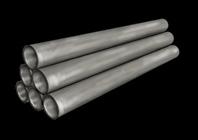
Approx. 500-900 gabion mesh baskets (2mX1mX1m)

350kg of stones/ rocks/ gravel (7-15cm big)
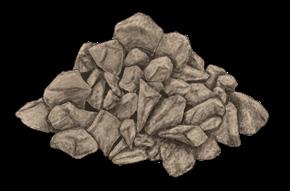
Strong binding/ fence wire

Physical labour Wheelbarrow

 The taller and stronger the wall, the more difficult it is for elephants to breach.
The taller and stronger the wall, the more difficult it is for elephants to breach.
1.
Construction Method- Gabions

Measure enclosure area and dimensions of the gabions. Consider the height and length of walls, type of soil, and topography of the land to work out materials needed.

Materials stated are approximately for flat land surfaces. If your land has a slope, you will need to increase the stated number of materials.






Clear the area where the fence is to be built, of any vegetation
The surface should preferably be a flat ground.
Preparation of gabion baskets
Gabion wire cages can be made by binding together galvanized panels/sheets of strong wire mesh to form an open basket, leaving the top section open.
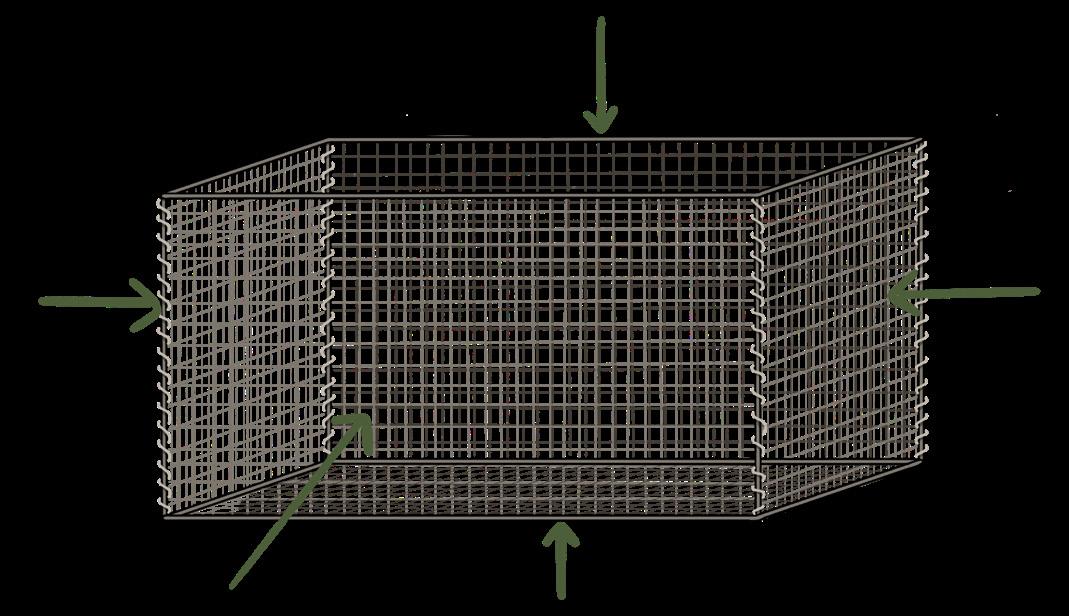
Ensure the binding is firm but should allow you to fold the sheets to form a rigid basket.
Ensure that the wire mesh is strong enough to withstand the weight of the rocks /gravel that will be used to fill the baskets.
Chicken wire is not strong enough and can rust and break easily.
Level the ground if it is not a flat surface and
Dig a trench with a width that matches the width of the gabion wire cages, and a depth of 1 meter. This trench will be the foundation of the wall and will make
Ensure the trench is not slanting and is on relatively flat ground
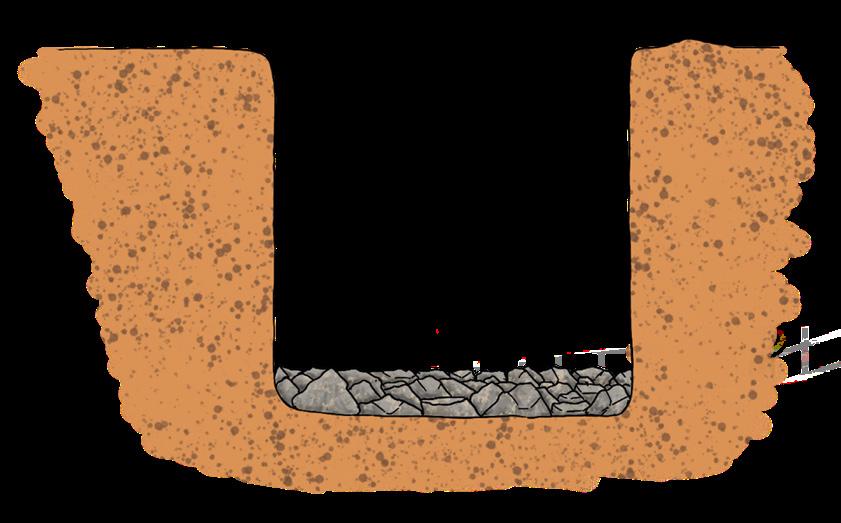
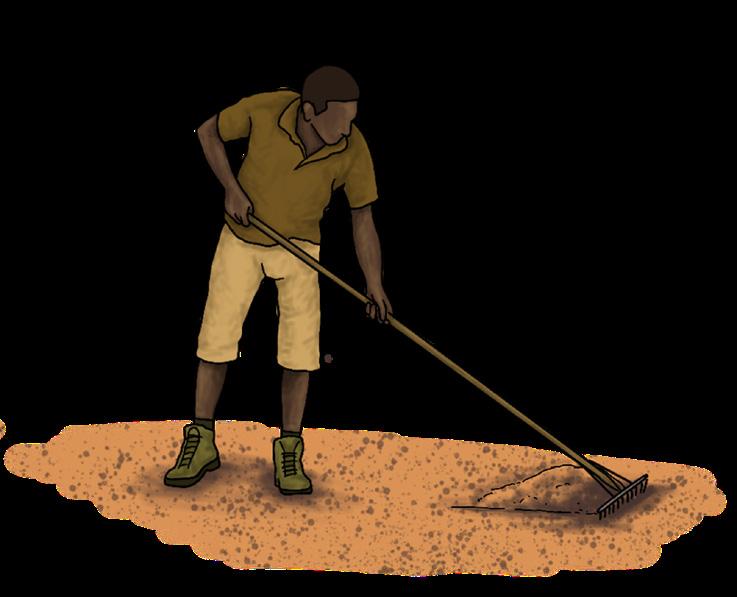


Ideally, add a layer of compacted gravel or crushed rock to form a stable solid base for the gabions.
Using a looping method from top to bottom, use strong galvanized binding wires to lace the edges of the mesh panels together

This is to ensure that the mesh panels do not fall apart while filling in the rocks.
Place the first row of baskets adjacent to each other, in the trench. Before you begin to fill them with stones, use more binding wire to fix all the baskets together in a row. This is to add firmness to the fence.
It is easiest to set the empty cages in place and fill them up with rocks or they will be too heavy to move later.
2
TOP TIP 1
3 4 5 1 meter
2.
Fill each basket with stones, rocks or gravel, making sure to compact the material as much as possible to prevent any gaps/settling over time.
building gabion walls
Use binding wires to strongly secure the baskets to each other as you fill each basket in with rocks.
Once the gabions have been stacked to the desired height, backfill the area behind the wall with soil and compact it to provide additional stability.

Once the first row of baskets is filled with stones, add the second row of empty baskets and repeat the steps until the wall is 2 meters or higher

Select large and sharp rocks for the edges, facing outwards for better protection. Fill the inner section with smaller rocks.







Additional strength to the wall
Provide internal support to the gabion fence by installing galvanized steel pipes within the baskets.

The poles can be pierced through multiple baskets to hold them in place.
To install the poles, dig post holes of about 1 meter deep within the trench and fill with cement .



3.
STEEL PIPES
Once the holes are dug, insert the poles in place supported with concrete or compacted gravel at the base of the hole Ensure that you protect wooden poles from termites.

The poles will add stability to the fence when/if elephants try to push it down.
Watch more on how to build gabions:
- https://www.youtube.com/watch?v=RNxvVRM2pvo










- https://www.youtube.com/watch?v=IEHHlYsZezU
TOP TIP
If your land is steep, you may be able to keep elephants away by constructing ascending gabion walls that resemble a staircase
Due to their large bodies, elephants cannot climb steep narrow stairs.
This wall design may also make it difficult for elephants to push over and destroy.
Case study
Gabions have been installed in several locations alongside the Khaura River in three villages in Nepal
The purpose was to prevent elephants from entering the villages.
No elephants were able to cross the gabion wall.
The foundation is susceptible to erosion when itsfoundations are not deep enough on sandy soil,especially during monsoon season


Read more on: Assessing the effectiveness of the existing mitigation measures against human-elephant conflict in Khata corridor, Bardia, Nepal. (2022). In Nabu. German Cooperation, Global Nature Fund, Nabu, IUCN.

Stone walls
Stone walls are made of stacked stone/ bricks and concrete strong enough to prevent elephants from jumping over or breaking through.
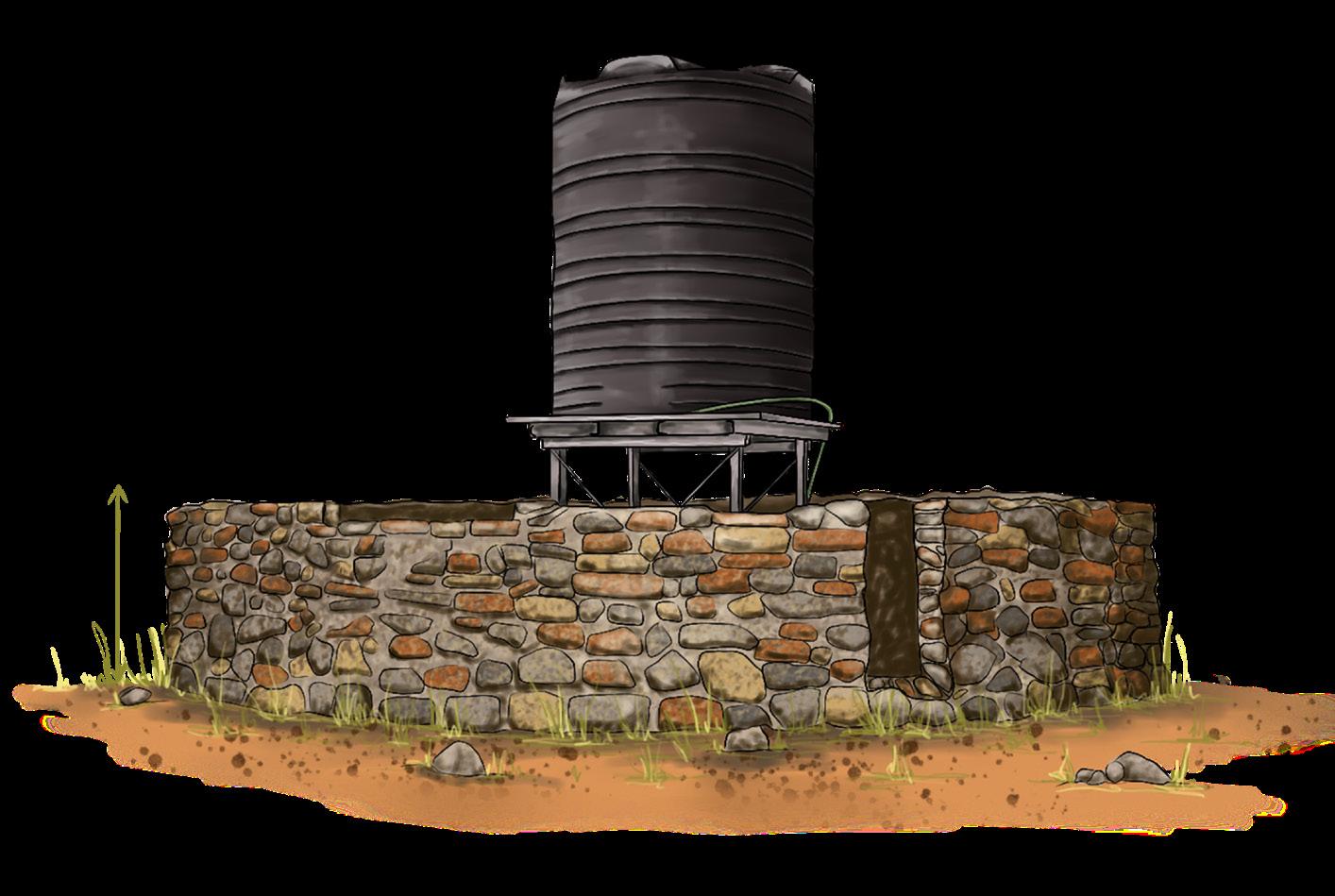

This method is mostly seen for protection.
See
Information gathered from EHRA sturdy stone wall construction,Namibia.
 Water tank protection for more information on stone walls.
Water tank protection for more information on stone walls.
4.
If constructed correctly, the walls can last a few years without needing maintenance.
Walls have been shown to be a very effective deterrent for water tanks and compounds

Expensive to obtain & transport construction materials and to build, but easy to maintain.

Intensive physical labour is required for construction and maintenance.


If stones are found in your surroundings, it reduces the overall cost of construction.











Some stones are susceptible to erosion in the long term.



If gabion blocks are not connected strongly to each other, elephants may be able to lift small gabion cages with their tusks and break the barrier.





The walls are animal friendly; it does not harm elephants and livestock.

If the gabion wires are cut the wall will collapse and deteriorate.
Hungry elephants may be strong enough to break down the stone walls to reach crops if walls are not thick enough.
Risk of theft of materials such as gabion wires that may be misused to make snares.

PROS + cons -
5.
See Water tank protection for more.
Caution Tips
If you have limited materials to make thick stonewalls, consider using additional deterrent methods such as chilli fences or flashing lights.
Large barriers may further make elephants more aggressive as they may view barriers as a challenge and would be determined to knock them over.
Ensure you are not blocking passage for other people to access resources.











Ensure you are not building a wall that is blocking a wildlife corridor- this will only force elephants to break the walls down to pass through.
Always keep in mind that elephants and can be determined enough to break barriers.
Drywalls (without cement) have been tested to be ineffective as elephants can easily push them over. Avoid just stacking up rocks and stones to make a barrier.


More research is needed to test the effectiveness of using a gabion wall for farms.

Credits and Disclaimer:
Stonewalls have only been tested around compounds and water tanks. Their effectiveness may reduce when built to protect farmlands with ripe crops.

We have collected the information above from multiple sources that are credited throughout the document with EHRA, Namibia being one of the main contributors. To learn more and explore Gabions and Stonewalls, see References. Some original words commonly used have been simplified for easy understanding. Save the Elephants advises caution with all the information collected and presented in this toolbox. Further research is required before each site-specific implementation.


* Save the Elephants is not liable for any costs, damages or injuries incurred by the use of these methods or information.

6. Produced by Save the Elephants www.savetheelephants.org Illustrations by Nicola Heath Made in Kenya 2023














 The taller and stronger the wall, the more difficult it is for elephants to breach.
The taller and stronger the wall, the more difficult it is for elephants to breach.








































